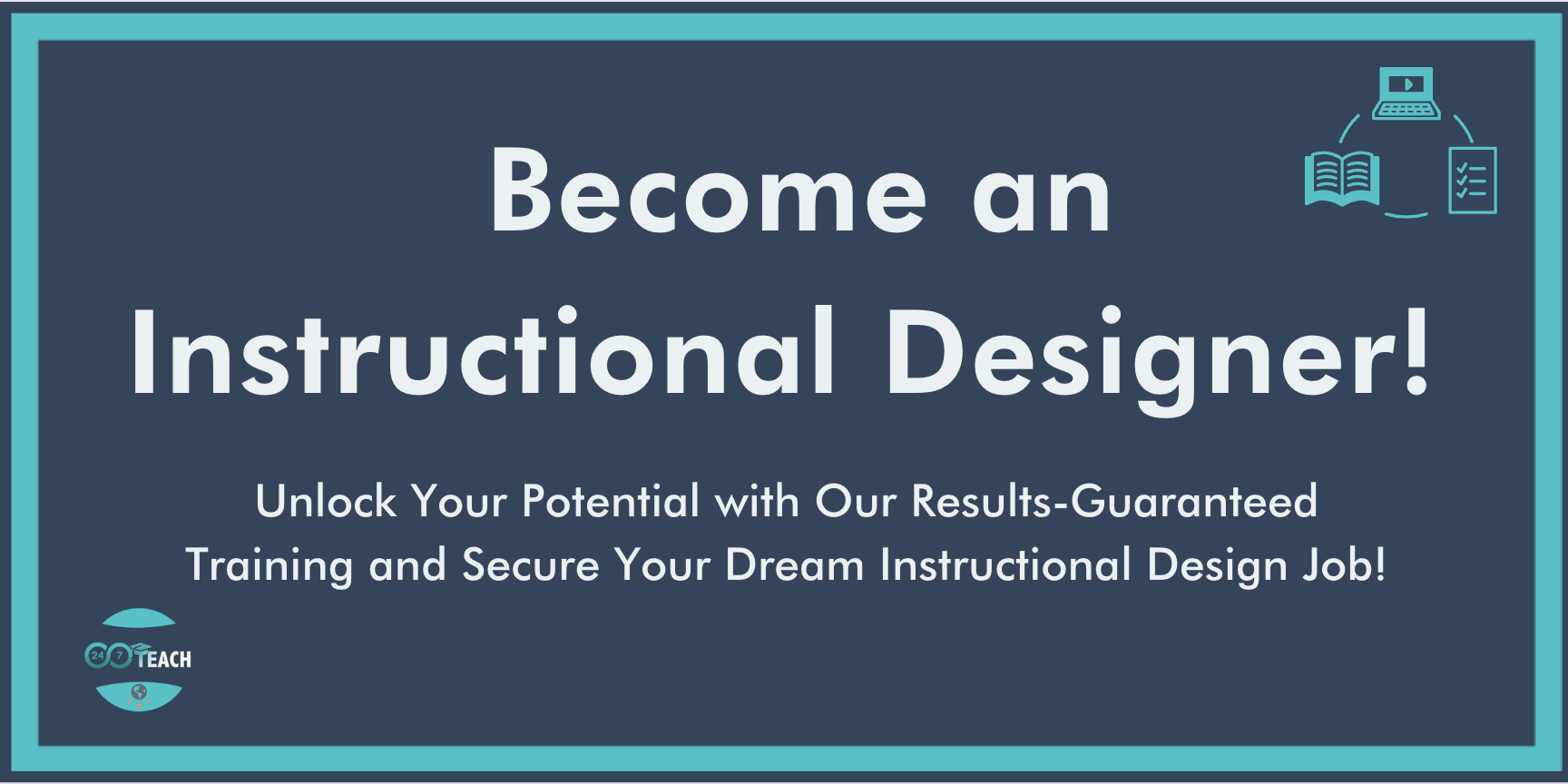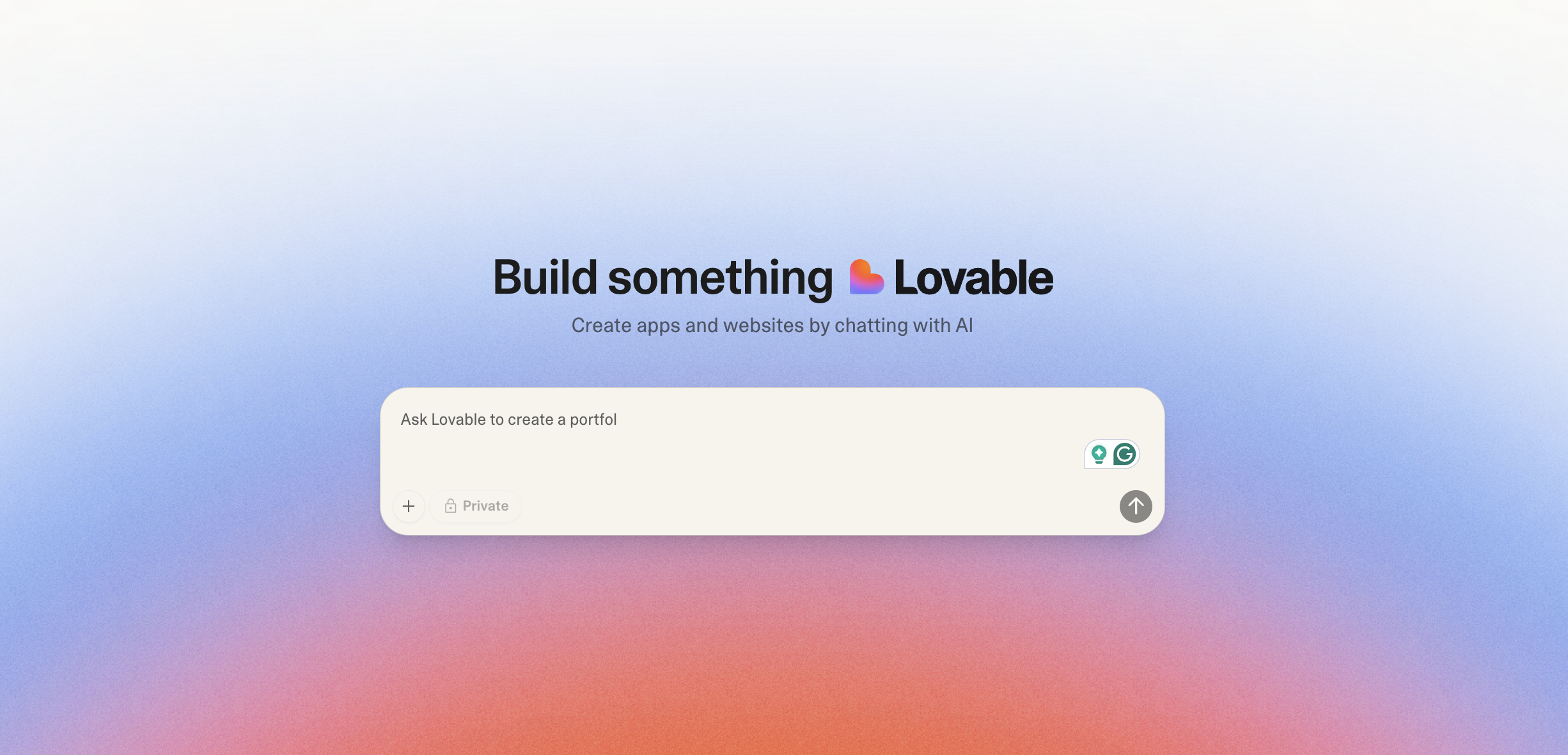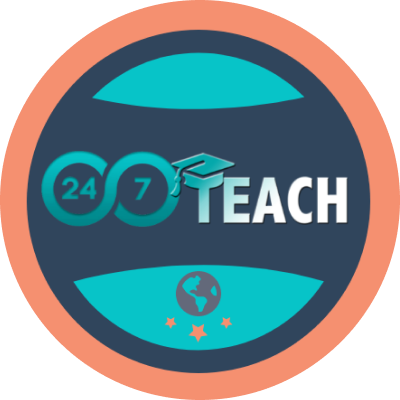Understanding Andragogy and Pedagogy: Structure to Chaos and Chaos to Structure
By Anthony Miller
Lead Instructional Designer and Trainer
Prefer to listen to this post? Click below.
Structure to Chaos and Chaos to Structure:
When it comes to designing educational experiences, understanding the differences between andragogy (the art and science of helping adults learn) and pedagogy (the method and practice of teaching children) is crucial. Both approaches have distinct philosophies, strategies, and outcomes that cater to the specific needs of learners. As new instructional designers and curriculum developers, appreciating these differences and integrating them effectively into your training and course designs can significantly enhance the learning experiences you create.
Pedagogy: From Structure to Creativity
Pedagogy, derived from the Greek words "paid" (child) and "agogos" (leading), refers to the methods and practices used in teaching children. Pedagogical approaches are typically structured, providing clear guidance and systematic learning pathways. This structured approach is essential for young learners who often require stability and clarity to build foundational knowledge and skills.
The Role of Structure in Pedagogy
Structure in pedagogy provides a scaffold for learning. According to Bloom's Taxonomy, a hierarchical model is used to classify educational learning objectives into levels of complexity and specificity, and structured learning begins at the basic levels of knowledge and comprehension.
Knowledge: Young learners start with the acquisition of basic facts and information. For example, in a science class, this could involve memorizing the parts of a plant.
Comprehension: Learners then move to understanding these facts, such as explaining the function of each part of the plant.
This initial phase of structure ensures that learners have a solid grasp of essential concepts before progressing to more complex tasks. It aligns with the Success Driven Instructional Design Framework, which emphasizes the development of specific abilities and the systematic accumulation of knowledge.
Transitioning to Chaos and Creativity
Once foundational knowledge is established, pedagogy encourages a gradual transition towards more open-ended and creative tasks. This shift is critical as it fosters critical thinking, problem-solving, and creativity.
Application: Learners begin to apply their knowledge in new situations, such as conducting experiments to see how different conditions affect plant growth.
Analysis: They then analyze these results, looking for patterns and drawing conclusions.
Synthesis: At this stage, learners might create their own experiments or projects, integrating various pieces of knowledge.
Evaluation: Finally, they evaluate their work and the work of others, developing critical thinking skills.
This progression from structure to chaos mirrors real-world scenarios where problems are often complex and multifaceted. By initially providing a structured environment, educators equip young learners with the tools and confidence to navigate and eventually thrive in less structured, more dynamic settings.
Andragogy: Embracing Chaos to Foster Structure
Andragogy, on the other hand, is tailored to adult learners. Adults bring a wealth of experiences and knowledge to the learning process, and they benefit from approaches that recognize and leverage this background. Unlike children, adults often prefer learning that starts with chaos and leads to the creation of structure.
The Role of Chaos in Andragogy
Chaos in andragogy does not mean disorganization; rather, it refers to a learning environment that is open, flexible and allows for exploration and discovery. This approach aligns with the adult learning principles proposed by Malcolm Knowles, which include self-direction, practical relevance, and leveraging past experiences.
Engagement through Real-World Problems: Adults are motivated to learn when they can see the immediate relevance of their learning. Presenting them with complex, real-world problems engages their prior knowledge and experiences.
Encouraging Exploration: Allowing adults to explore these problems freely fosters creativity and innovation. This phase is crucial for adult learners who thrive on autonomy and self-direction.
Building Structure from Chaos
After engaging with chaotic and complex scenarios, adult learners benefit from creating structure as they analyze, synthesize, and evaluate their findings. This process helps them organize their thoughts and knowledge, leading to deeper understanding and retention.
Analysis and Reflection: Adults analyze the information gathered during the exploratory phase, reflecting on what they have learned and how it applies to their context.
Synthesis and Application: They then synthesize this information, integrating it with their existing knowledge and applying it practically and meaningfully.
Evaluation and Iteration: Finally, adults evaluate their learning process and outcomes, identifying areas for improvement and iterating on their understanding.
This approach leverages the top tiers of Bloom's Taxonomy, where higher-order thinking skills like analysis, synthesis, and evaluation are prominent. By starting with chaos, adult learners actively engage with the material, leading to the creation of personal and meaningful structures of knowledge.
The Role of Chaos and Urgency in Inspiring Creativity
Both pedagogical and andragogical approaches recognize that chaos when paired with a sense of urgency, can significantly inspire creativity. For young learners, structured tasks gradually transitioning into open-ended projects introduce a controlled form of chaos, pushing them to think outside the box and develop creative solutions under time constraints. Similarly, when faced with urgent, real-world problems, adult learners are driven to innovate and devise practical solutions swiftly. This combination of chaos and urgency creates a dynamic learning environment where learners are motivated to engage deeply with the content and think creatively and critically.
By challenging learners to navigate complex and often ambiguous scenarios within a limited timeframe, educators can foster a sense of urgency that propels innovative thinking and problem-solving abilities, essential skills in both academic and real-world contexts.
Rationale Behind These Processes
The distinct pathways of pedagogy and andragogy are rooted in the developmental and cognitive differences between children and adults. These processes are designed to optimize learning outcomes by catering to each group's unique needs and strengths.
For Young Learners (Pedagogy)
Developmental Needs: Children are in the process of developing cognitive and emotional skills. A structured approach provides the stability and clarity they need to build these foundational skills.
Cognitive Load: Young learners have limited cognitive capacity for processing new information. Structure helps manage cognitive load, allowing them to focus on one concept at a time before moving to more complex tasks.
Building Confidence: Starting with clear guidance builds confidence. As learners succeed in structured tasks, they gain the self-assurance to tackle more creative and less structured challenges.
For Adult Learners (Andragogy)
Leveraging Experience: Adults bring a rich tapestry of experiences to the learning process. Starting with chaos allows them to connect new learning to their existing knowledge base, making the learning process more relevant and engaging.
Autonomy and Self-Direction: Adults are often self-directed learners. They prefer to take control of their learning journey, exploring topics that interest them and applying their knowledge in practical ways.
Higher-Order Thinking: Adults are capable of higher-order thinking from the outset. By engaging in complex problem-solving and critical thinking early on, they create robust structures of understanding that are deeply personal and relevant.
Integrating Bloom's Taxonomy in Pedagogy and Andragogy
Bloom's Taxonomy serves as a powerful tool for instructional designers in both pedagogical and andragogical contexts. It provides a framework for developing learning objectives that progress from basic to advanced cognitive skills, ensuring comprehensive and effective learning experiences.
Applying Bloom's Taxonomy in Pedagogy
Knowledge and Comprehension: Design activities that help young learners acquire and understand foundational knowledge.
Application and Analysis: Create opportunities for learners to apply their knowledge and analyze results in guided scenarios.
Synthesis and Evaluation: Encourage creative projects and critical evaluations, fostering higher-order thinking skills as learners mature.
Applying Bloom's Taxonomy in Andragogy
Engagement and Exploration: Start with complex, real-world problems that require adults to engage and explore using their prior knowledge.
Analysis and Synthesis: Facilitate reflective activities that help learners analyze and synthesize information, integrating new learning with existing knowledge.
Application and Evaluation: Design tasks that allow adults to apply their learning in practical, meaningful ways and evaluate their progress, iterating as needed.
The Difference of Bloom’s Taxonomy in Pedagogy and Andragogy
As you can see, pedagogy and andragogy utilize Bloom’s Taxonomy to structure the learning process, but they begin at different points to reflect their learners' distinct needs and experiences.
Click to enlarge.
In pedagogy, young learners start at the bottom of Bloom’s Taxonomy with "Remember." This foundational stage emphasizes structure and the acquisition of basic knowledge, gradually building up through "Understand," "Apply," "Analyze," "Evaluate," and finally reaching "Create." This structured progression ensures that young learners develop a solid knowledge base and critical thinking skills before engaging in more creative and complex tasks.
In contrast, andragogy starts with "Create," placing adult learners in a state of initial chaos that leverages their prior life experiences and new information to solve problems. From "Create," adult learners work their way down through "Evaluate," "Analyze," "Apply," "Understand," and finally to "Remember." This represents moving from chaos to structure, where adults engage deeply and creatively at first, then gradually organize and consolidate their learning.
This paradigm shift recognizes that adult learning should be fundamentally different from K-12 education, accommodating the rich experiences adults bring to the learning process and aligning with their need for practical and immediate application.
The Importance of Challenge and Engagement
The structure-to-chaos approach in pedagogy and the chaos-to-structure approach in andragogy both serve to create an appropriate level of challenge and engagement for learners. For young learners, the progression from structure to chaos ensures that they are not overwhelmed early on, allowing them to build confidence and skills incrementally. As they master structured tasks, they are gradually introduced to more complex and creative challenges, which keeps them engaged and motivated.
Conversely, for adult learners, beginning with chaos taps into their need for autonomy and practical relevance. This initial challenge engages their existing knowledge and problem-solving skills, making the learning experience immediately meaningful. As they work through the chaos, creating their own structures, they experience a sense of achievement and clarity, which sustains their engagement and drives deeper learning. This dynamic interplay between structure and chaos, tailored to the developmental stages and cognitive needs of the learners, ensures that both young and adult learners are appropriately challenged and engaged throughout their educational journey.
Conclusion
Understanding and effectively applying the principles of andragogy and pedagogy is essential for instructional designers and curriculum developers. Recognizing the different needs of young and adult learners allows you to create educational experiences that are engaging, relevant, and impactful. By leveraging the structured-to-chaos approach in pedagogy and the chaos-to-structure approach in andragogy, you can facilitate deeper learning and foster critical thinking skills across diverse learner populations. Integrating Bloom's Taxonomy into your design process further ensures that learning objectives are met at every cognitive level, promoting comprehensive and meaningful educational outcomes.
Discussion Question:
Join the conversation and participate with the 24/7 Instructional Design community by completing the assignment and adding your answers in the comment section below:
How can the principles of transitioning from structure to chaos in pedagogy and from chaos to structure in andragogy be applied to real-world educational settings to enhance creativity and problem-solving skills in learners of all ages? Can you share an example from your experience where these principles were effectively implemented?
Need Guidance on Navigating the Shift to Instructional Design?
Before You Go...
Discover the Unmatched 24/7 Teach Experience:
Our Instructional Design bootcamps and career coaching services have a 100% success rate. We redefine learning by immersing you in practical, hands-on projects, ensuring you acquire vital professional expertise while making a meaningful difference in your community.
Unlock your true potential today with 24/7 Teach and invest in your future.











